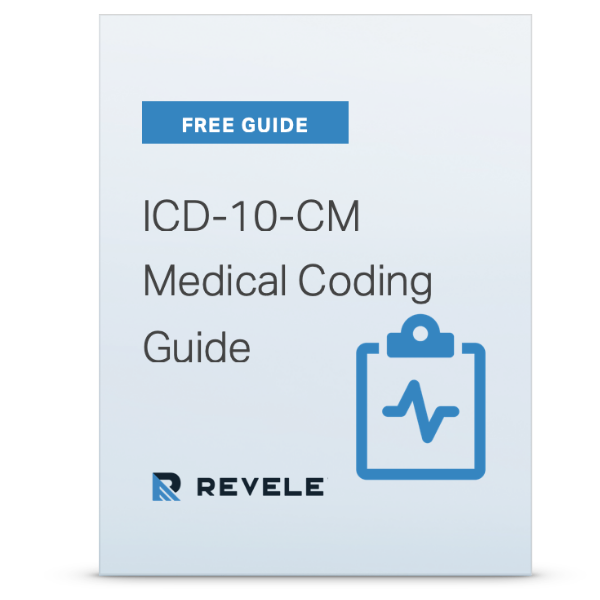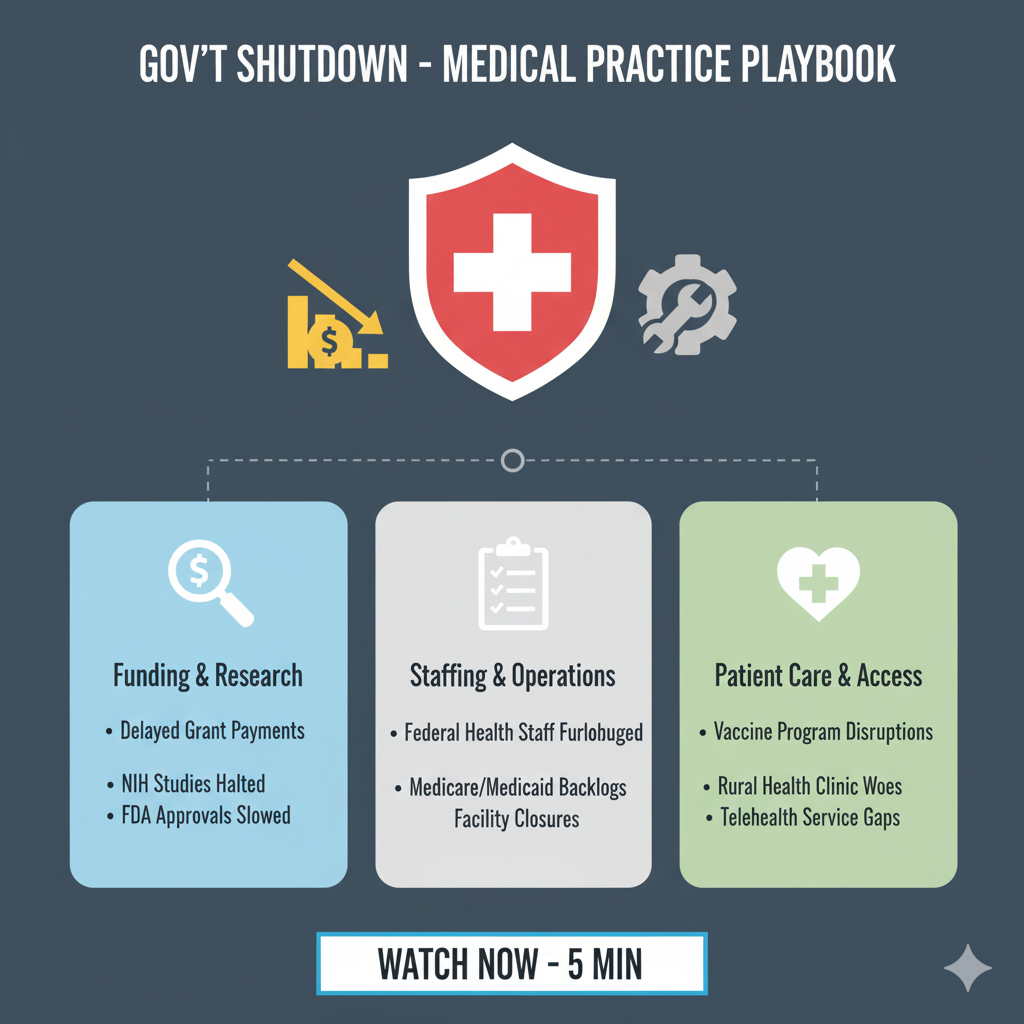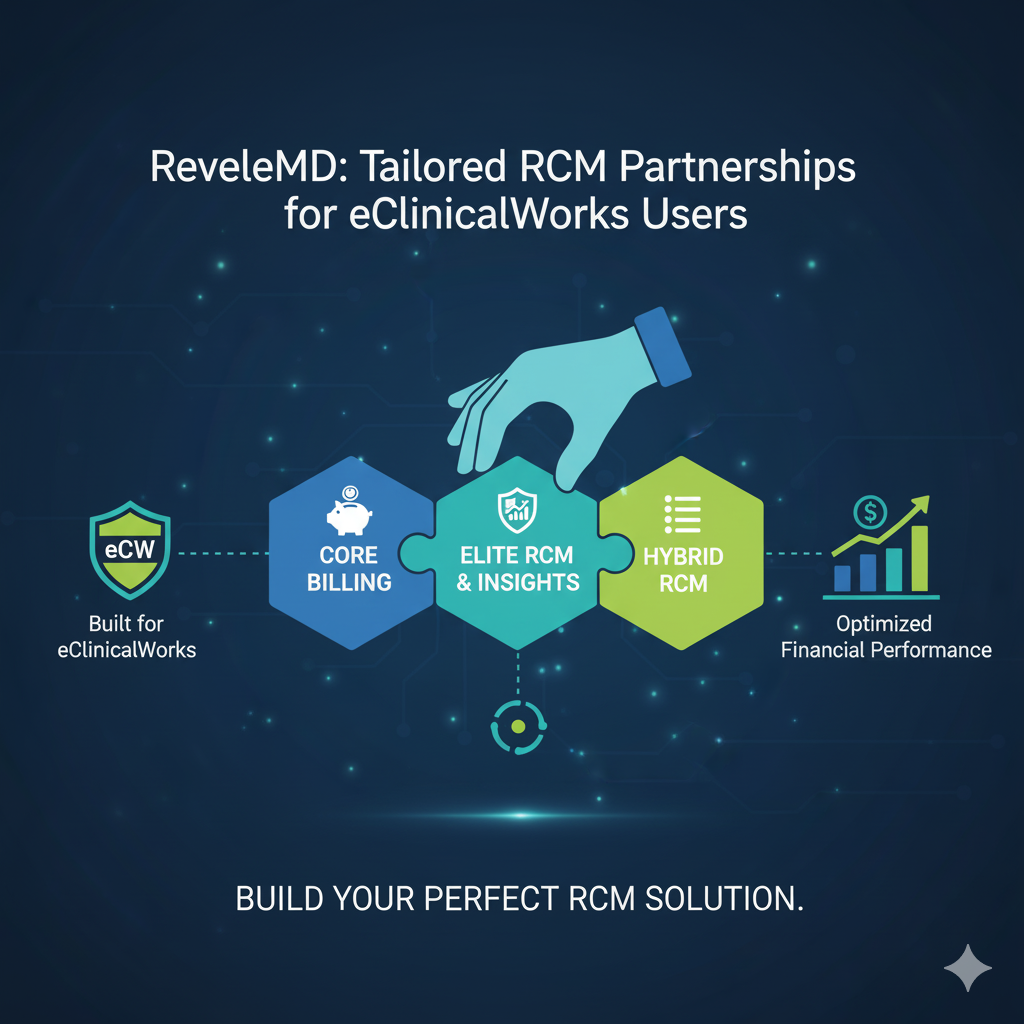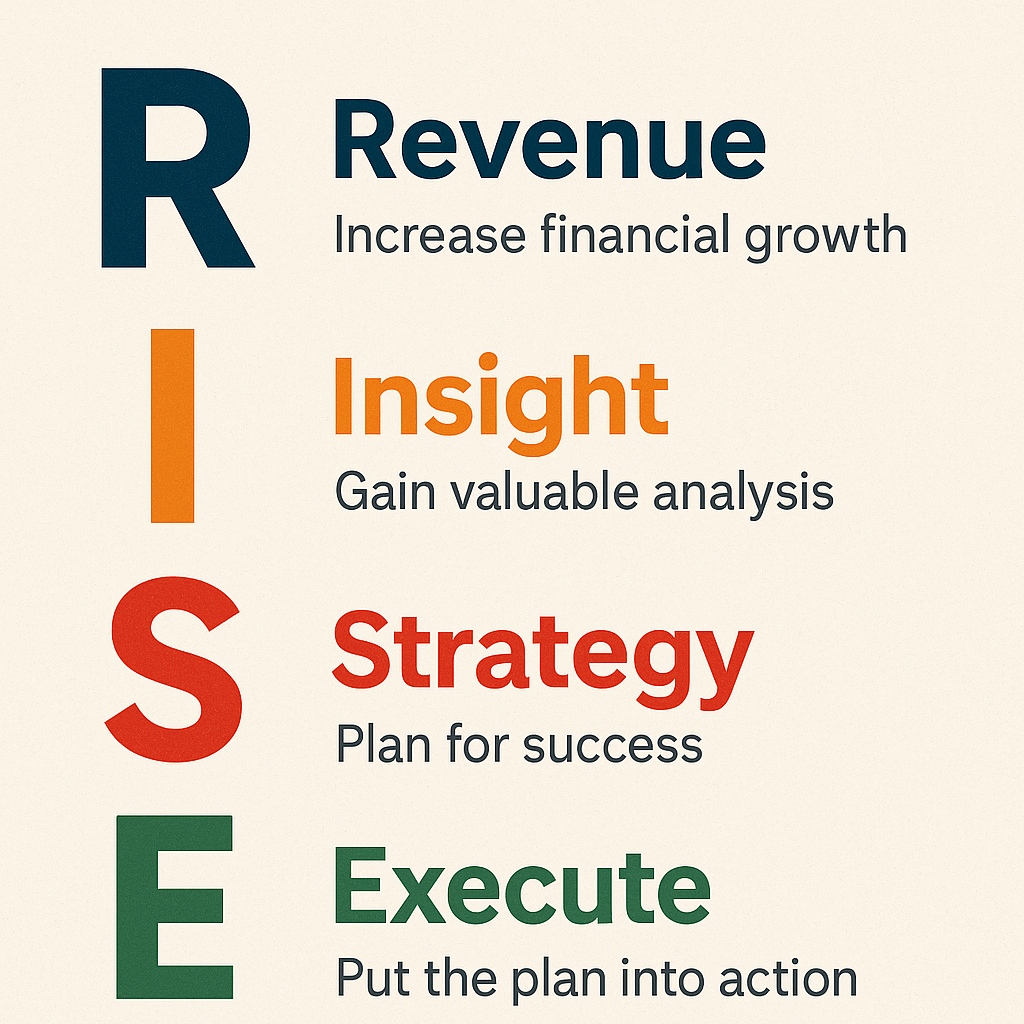Find yourself making excuses for not having a strategy to collect from patients? Patient balances are only going to get higher due to the increase in high deductible plans offerred. You might even see a growing number of patients that are first time insurance policy holders due to the Affordable Care Act and the Patient's Bill of Rights. Here are 10 signs you should invest in a self-pay strategy at your medical practice as soon as possible.
1. The front office staff is not comfortable talking to patients about their balances
The front office staff is one of the biggest pieces of the self pay strategy. They are the face of your practice and the beginning of the revenue cycle of every patient. When you hire someone to work in the front office make sure they have experience with customers and a positive attitude. The front office staff should also be well trained in how to collect from patients at the time of the visit and how to use your practice management software to its fullest capability. If the front office staff isn't comfortable asking patients for payment then the practice needs to be prepared to take a serious hit in cash flow.
2. Your patients are used to free medical care
You give a mouse a cookie and he is going to want some milk. You know how the story goes. Once you give a patient free medical care they are going to want more. We understand you are a giver and we appreciate that. The world could use more people like you, really we could. But when you give out free medical care it becomes a BIG problem. You don't charge Susan for her visit Monday because she just lost her job. Susan tells her cousin Bob who tells his wife Amy and before you know it Bob and Amy and their 10 kids are in your waiting room expecting a free visit. Hashtag nightmare.
3. Patient account calls are taking up more time than necessary
When your staff is spending more time talking patients through their bills than actually collecting on balances due, you have a serious problem. Your patient statements are either very difficult to read or your staff wasn't proactive with the patient to avoid the fires. Now they are spending more time putting out fires than avoiding them which can be a difficult process to end.
4. Sending patient statements is breaking the bank
While patient expenses grow, your overhead costs will too. Mailing just one patient statement can cost the average medical practice between $5-$8 when considering the employee’s time spent on preparing the statement, the cost of the envelope, paper, postage, and printing costs. Think about that: If you send 400 statements each month at $5 each, that is $2,000 each month or around $24,000 per year in avoidable costs. Yikes!
5. You're constantly reminding staff to check eligibility
You shouldn't have to remind your staff to check eligibility. Eat, breathe, check eligibility.
6. Patients complain that they can't pay bills online
Still not letting your patients pay online? That's not cool. According to InstaMed's annual report in 2011, Trends in Healthcare Payments, 70% of patients are interested in making payments online. By not allowing your patients to pay online you are hurting your cash flow and disappointing your patients.
7. The thought of utilizing a collection agency scares you
Collection agencies tend to have a stigma attached to them that they are just bad but they aren't all that bad. Collection agencies should be seen as an alternative solution for those patients that are facing financial difficulty. However, there is a chance you might partner with a collection agency that doesn't provide the best "customer service" to your patients. Don't let that scare you. Find a collections agency with "nice" people that are there to assist you and your goals to help your patients. Include questions regarding the collection agency on patient satisfaction surveys to ensure that your patients are receiving the best experience possible.
8. Patients are confused about their own benefits
A self-pay strategy isn't just intended to help your practice collect more money. A self-pay strategy will also help your patients better understand their financial responsibility to your practice as well as how that ties into their insurance plan benefits. There will be the occasional patient that is completely clueless to how the process works but there will also be patients that are confused because of how you are handling their account. Your front office staff is responsible for informing and educating patients to not only make the collections process more efficient but also to ensure a positive relationship moving forward.
9. You don't understand your own contracts with your insurance carriers
Because a co-payment pertains to a managed care plan (HMO, MCO, etc.) it is a cost share obligation. Managed care is governed by federal law and is not open to interpretation. To "write-off" a co-pay, or to allow the patient to see the provider without collecting the co-payment, is against the law.
Don't get the rules of managed care and insurance companies confused. If you are routinely waiving copays and deductibles, the health insurance company could reduce your rate of reimbursement.
10. Patient accounts receivables keeps growing and growing and growing
Patient A/R shouldn't be growing. If it is growing then that is substantial proof that the current process is not working. After so long the patient A/R won't even be collectible or it has cost you more in trying to collect it than it is worth. Don't let it get that far. Be proactive and invest in a self-pay strategy. Track the patient A/R to make sure the strategy you implement is working.








